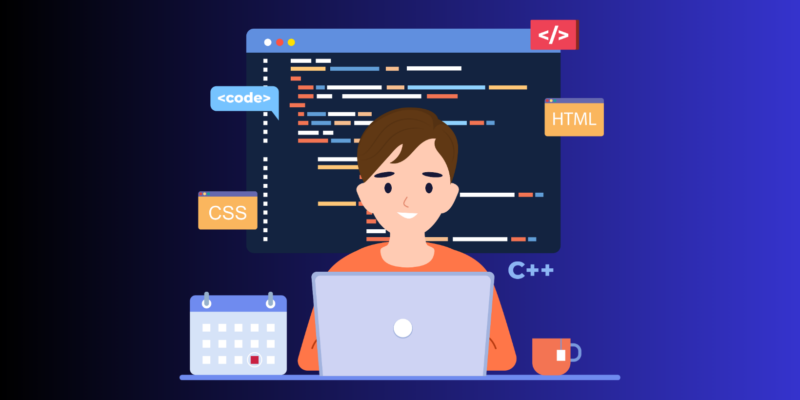In the ever-evolving landscape of web development, Cascading Style Sheets (CSS) stand as a fundamental building block for creating visually appealing and responsive websites. If you’re looking to enhance your web design skills, mastering the basics of CSS styling is a crucial first step. This guide will take you through the essential concepts and techniques to help you become proficient in CSS and elevate your web development projects.
Understanding the Significance of CSS Styling
Before delving into the intricacies of CSS, let’s explore why mastering this styling language is essential for web developers.
Importance of CSS Styling
– Enhanced User Experience:
CSS allows you to control the layout and presentation of web pages, contributing to a seamless and visually pleasing user experience.
– Responsive Design:
With CSS, you can create responsive designs that adapt to various screen sizes and devices, ensuring your website looks polished across platforms.
– Consistent Branding:
CSS enables consistent branding by providing a standardized way to apply styles, colors, and fonts throughout your website.
Strategies to Master CSS Styling
1. Learn the Basics of CSS Syntax
– Selectors and Declarations:
Familiarize yourself with CSS selectors to target HTML elements, and understand the syntax of declarations for applying styles.
– Properties and Values:
Explore common CSS properties and their corresponding values, including color, font-size, margin, padding, and more.
2. Understand the Box Model
– Content, Padding, Border, Margin:
Grasp the concept of the box model, which defines how elements are rendered on the page with content, padding, border, and margin.
– Box Sizing Property:
Learn about the box-sizing property to control whether an element’s width and height include padding and border.
3. Explore CSS Layouts
– Positioning:
Understand the different positioning values such as relative, absolute, fixed, and static, to control the placement of elements.
– Flexbox and Grid:
Dive into modern layout techniques like Flexbox and Grid for creating complex and responsive layouts with ease.
4. Responsive Design Principles
– Media Queries:
Implement media queries to apply different styles based on the characteristics of the device, ensuring a responsive design.
– Viewport Meta Tag:
Use the viewport meta tag to control the width and scaling of the viewport on mobile devices.
5. CSS Transitions and Animations
– Transition Properties:
Explore CSS transitions to add smooth animations to elements when properties change.
– Keyframe Animations:
Learn keyframe animations for more advanced and customized animations on your website.
Conclusion: Empowering Your Web Design Journey with CSS
In conclusion, mastering the basics of CSS styling is a foundational skill that opens doors to creating visually stunning and user-friendly websites. By learning the syntax, understanding the box model, exploring layouts, embracing responsive design principles, and delving into transitions and animations, you equip yourself with the tools to transform your design ideas into reality.
As you embark on your CSS journey, practice is key. Build small projects, experiment with different styles, and challenge yourself to create diverse layouts. The more hands-on experience you gain, the more confident and proficient you’ll become in harnessing the power of CSS for web development success. Remember, the journey to mastering CSS is ongoing, and each project is an opportunity to refine your skills and explore the creative possibilities this styling language offers.












Comments